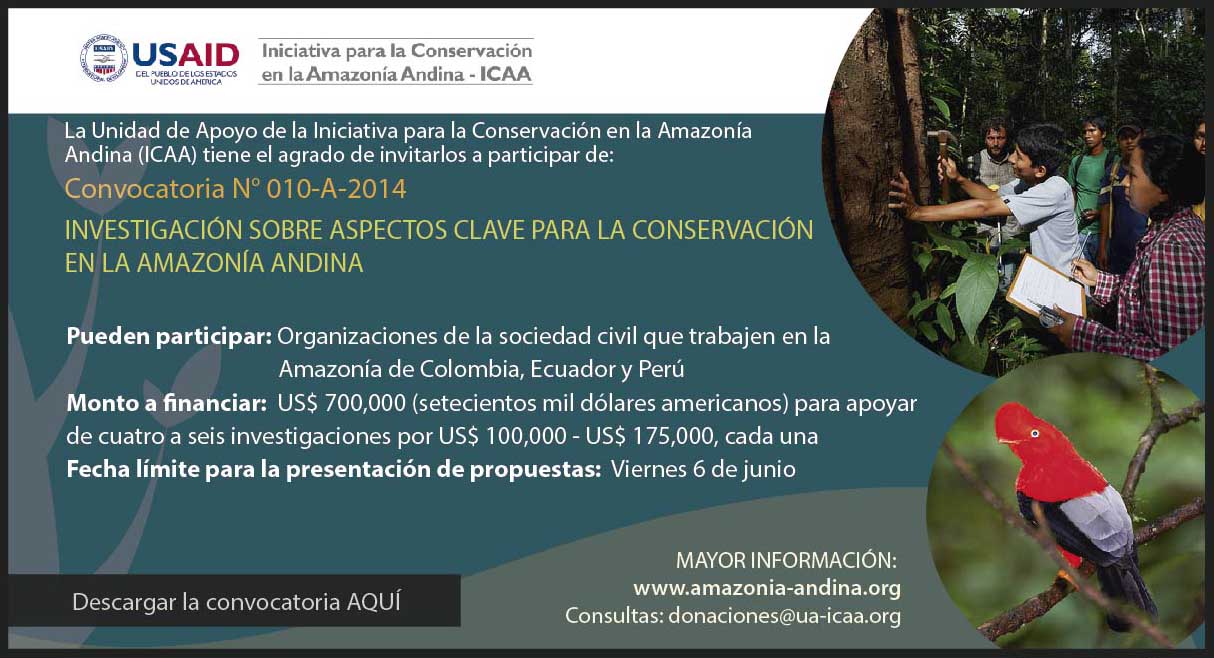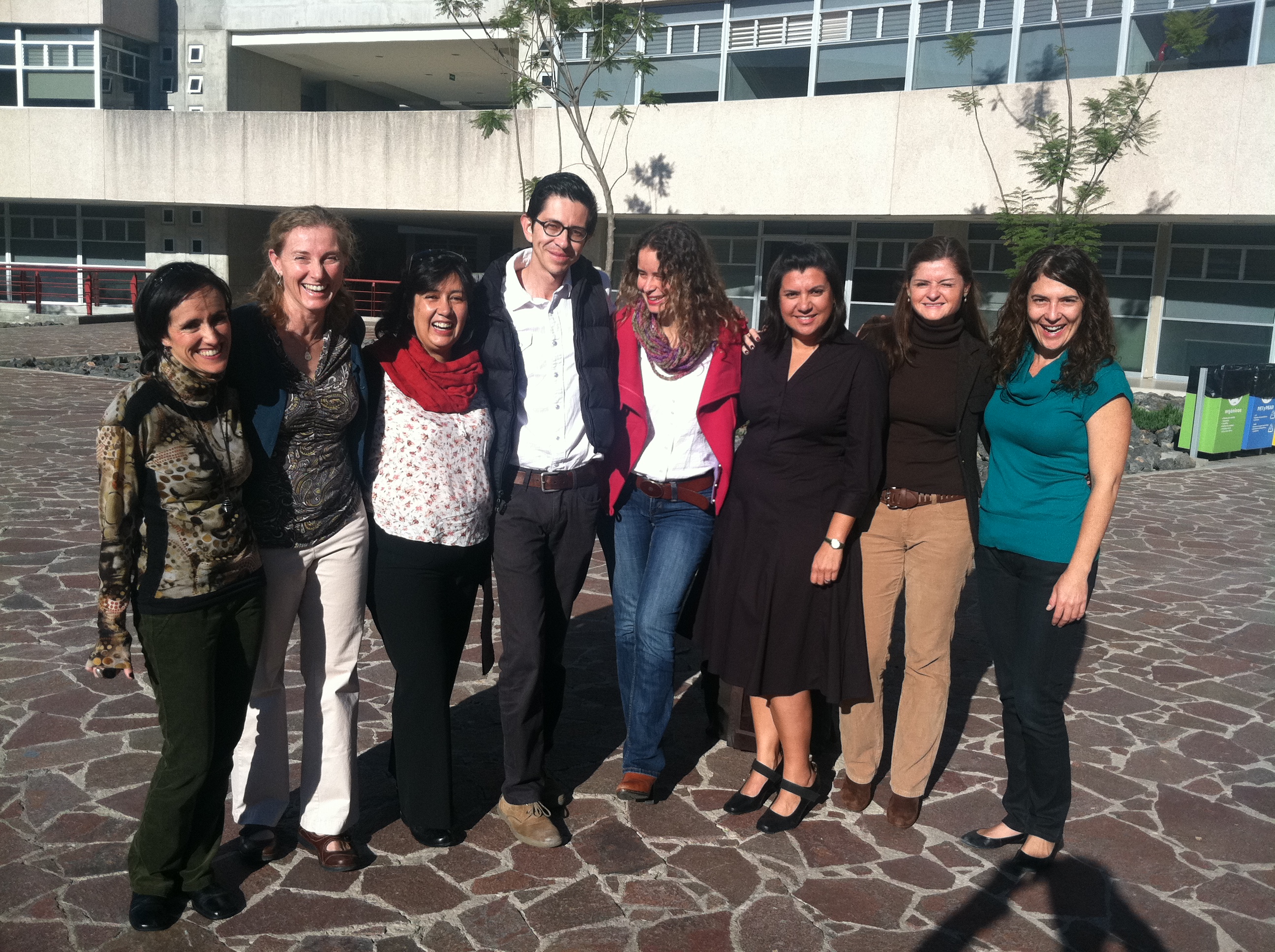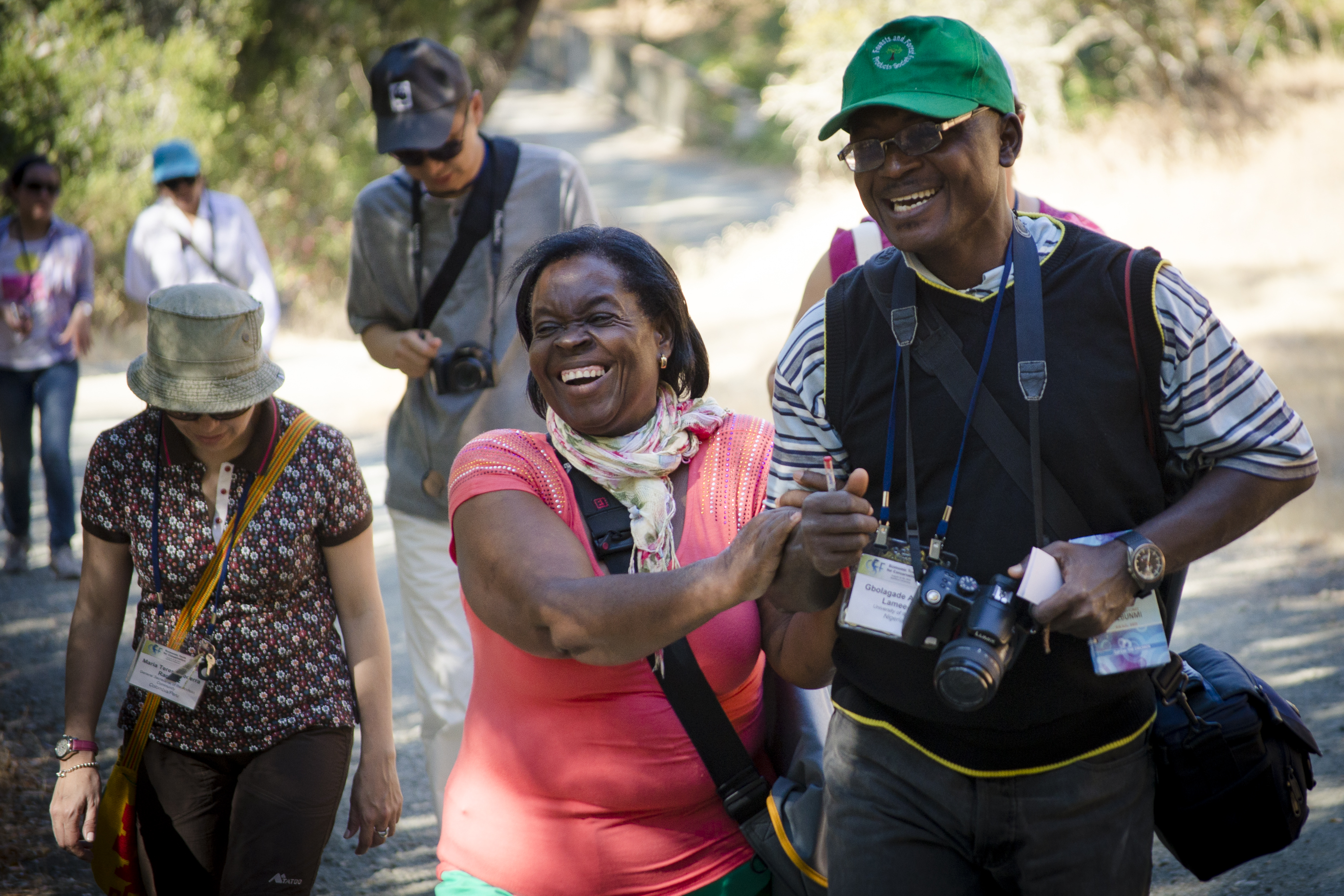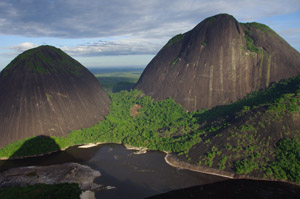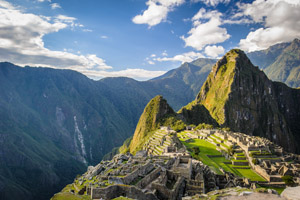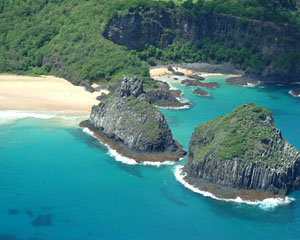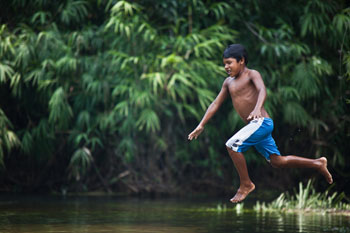News
Fecha límite: 06 Junio 2014
La Unidad de Apoyo de ICAA seleccionará entre cuatro y seis propuestas de investigación aplicada con el objetivo de incrementar el conocimiento y comprensión de aspectos clave sobre biodiversidad, aspectos socio-económicos de conservación, e inversiones en infraestructura en la Amazonía Andina.
Para ver y descargar la convocatoria completa hagaclick aquí
As part of our expanding Conservation Economics Initiative, CSF held our first webinar last month in collaboration with the Marine Ecosystem Services Partnership (MESP) at Duke University. Brian Murray, Director for Economic Analysis from the Duke Nicholas Institute for Environmental Policy Solutions, discussed carbon sequestration benefits in terrestrial and marine ecosystems.
CSF is launching its Training Partner Network as part of our Conservation Economics Initiative to bring economics training to more conservation professionals around the world. This effort is made possible thanks to a grant from the Gordon and Betty Moore Foundation. One of the cornerstones of the Initiative is a network of CSF Training Partner organizations offering conservation economics training in parts of the world where we do not have our own training teams. The Network will be supported by CSF and by our academic partners throughout the globe.
CSF was recently awarded $100,000 to expand our trainings, analyses, collaborative field work in Africa, thanks to the generosity of the Handsel Foundation.
There’s one park in the Kingdom of Bhutan where the ranges of the Royal Bengal Tiger, the snow leopard and Himalayan black bear overlap and where communities have lived in harmony with nature for hundreds of years. A trekker’s paradise, Jigme Dorji National Park is also known for it’s astounding biodiversity, breathtaking alpine meadows and majestic snow-capped mountains. But, until recently, it was missing one thing: proper campsites.
Game theory emerged in the 1940’s as a math-driven, esoteric science of how people alternately cooperate and compete to get what they want. It’s been used in business, diplomacy and military strategies and won famed Princeton economist John Nash the Nobel Prize in 1994. Now, far from the halls of academia and the corridors of power, it’s also being used to conserve nature.
Fernando León is a business school graduate most commonly seen in suit and tie. He’s also one of Peru’s most successful conservationists. His country has tropical forests covering an area the size of California, a coastline rich in marine life, and protected cultural marvels like Machu Picchu. A veteran of years working in the government, he was frustrated by the meager funding allocated to protecting the country’s natural heritage.
We found this long bridge that connected a rainforest community and consumers in the city,” says Alfonso Malky. “It was made of chocolate.”
In 2011, CSF’s Malky discovered a complex, but promising web of connections between economics, the environment, and the human condition when he created a market study for the Bolivian chocolate company Selva Cacao (“Jungle Chocolate”).
From Acadia to Zion, Big Bend to Yosemite, U.S. citizens take them for granted: signs and stairs, benches and bathrooms. Invisible as it may be, infrastructure is key to a park’s value proposition. Visitors willingly pay for a park experience that includes beauty, awe, and a few safeguards and conveniences. And people will defend what they love, which is why we wanted to help them get to know, and love, the Fernando de Noronha National Marine Park.

